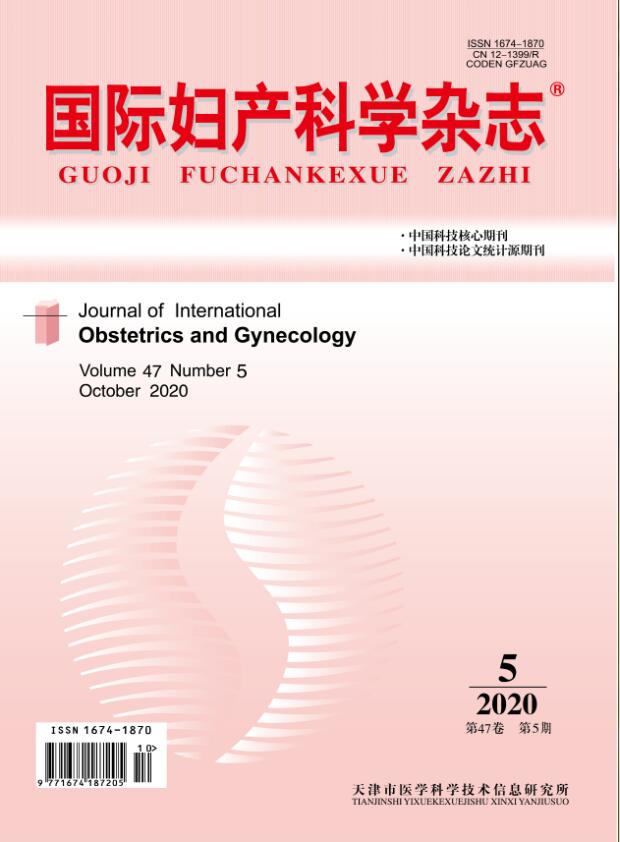|
|
Clinical Analysis of 61 Cases of Septic Shock in Pregnant and Puerperal Women
ZHAO Xian-lan, FANG Yu-jie
2019, 46 (1):
67-70.
Objective:To investigate the common clinical factors and preventions of the septic shock in pregnant and puerperal women. Methods: Retrospectively analyzed 61 cases with septic shock hospitalized in the Obstetric Department of The First Affiliated Hospital of Zhengzhou University from January 2012 to December 2017. According to the clinical outcome, the patients were divided into the survival group (45 cases) and the death group (16 cases), then the clinical characteristics between two groups were analyzed. Results: A total of 61 patients, 24 patients were in gestation, 37 patients were in the puerperium, 16 patients (26.23%) died. There was a statistical difference for the score system of acute physiology and chronic health evaluation Ⅱ (APACHEⅡ) between two groups (t=4.170, P=0.001). Compared with survival group, the rate of preterm premature rupture of membranes (PROM) and multiple organ dysfunction syndrome (MODS) significantly increased in the death group (both P<0.05). The death group also had lower platelet (PLT) and fibrinogen (FIB), but higher prothrombin time (PT) and procalcitonin (PCT). Logistic regression analysis showed that higher APACHE Ⅱ score, coexisting PROM or MODS were risk factors of maternal prognosis. Conclusions: The mortality rate is high in pregnant and puerperal women with septic shock. Once diagnosis of septic shock, in addition to monitoring biochemical indicators such as PLT, PT, FIB and PCT, more clinical management should be performed in patients with higher APACHE Ⅱ score, occurrence of PPOM or MODS to improve maternal poor prognosis.
Related Articles |
Metrics
|

